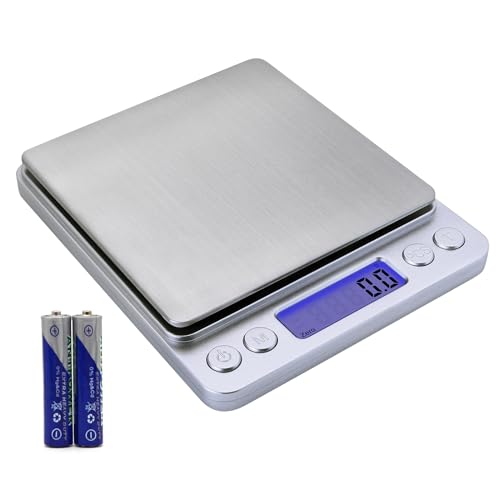"...
Sounds to me as if DeAnna was saying that the lye breaks down all the oils into their fatty acid constituent parts, and no complete oil is left over...."
I regret I wasn't clear,
@DianaMoon. Ali and Kiwi are doing a better job of explaining. There
will be
some of the original fat left in the superfat. I never meant to give that impression that
all of the original fat is all munched up. Some is, but not all.
I think I'm confusing people more than I"m helping, and for that I'm sorry.
To move on, isn't the
superfat that make a soap harsh or stripping, it's the
soap that determine the harshness.
Soap molecules made from lauric and myristic acids (a soap high in coconut oil, for example) are very efficient at removing an excessive amount of the natural fats and proteins from the surface of the skin. Sensitive or damaged skin is more likely to be reddened and/or irritated by a high lauric-myristsic soap, but even normal skin can get dried out, especially with repeated use of this type of soap. Most people "tame" a soap like this by adding enough extra superfat to interfere with the soap's ability to remove skin oils and proteins.
Soap that is rich in longer chain fatty acids is not capable of this stripping action. That is why lard soap has traditionally been considered a mild soap for use with children and sensitive or dry skin. Using a superfat with a lard soap doesn't make it less stripping .... it is naturally already that way even with a low or moderate superfat.
I hope this helps clear the waters a bit.











































